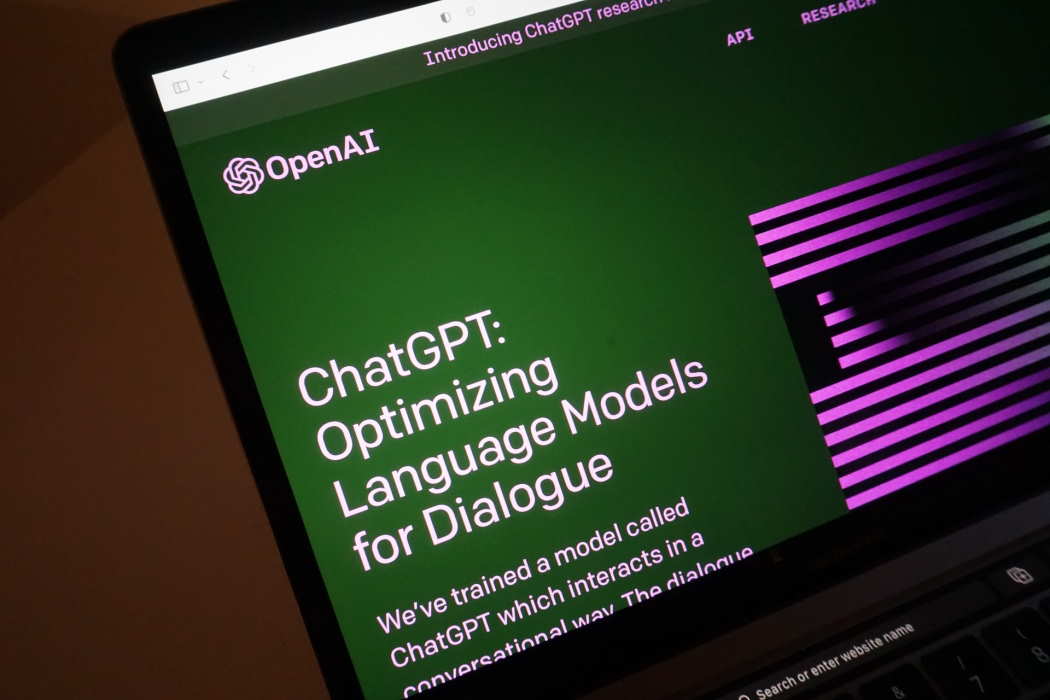GPT-4 is the next-generation artificial intelligence model created by OpenAI that can generate human-like text and solve complex problems. It is the upgraded version of GPT-3 with significantly improved natural language capabilities than its predecessors, GPT, GPT-2, and GPT-3.
For the start, GPT-4 can produce safer and better response, solve more complex problem with greater accuracy, better reasoning capability, including ability to extract contextual information from image input.
Let’s discuss how it differs from previous models in more detail.
Comparing GPT-4 to ChatGPT-3
How does GPT-4 compare to GPT-3
OpenAI’s latest iteration of its language model AI, GPT-4 features several significant improvements over its predecessor, GPT-3.
Here are the key differences between GPT-3 and GPT-4:
- Multimodal Capability: GPT-4 is a “multimodal” machine learning system, capable of processing multiple types of information, not just text. Unlike previous models, which were limited to text, GPT-4 can be given images and process them to find relevant information. It can describe what’s in a picture and even explain jokes in an image. GPT-4 can also identify objects, read maps, and perform other tasks that show it really understands what is in an image.
- Resilient AI: GPT-4 has been trained on lots of malicious prompts, making it much better than its predecessors on factuality and steerability. GPT-4 is much more stable and predictable than previous versions, making for fewer surprises.
- Expanded Memory: While previous versions of GPT had a limit of around 8,000 words, GPT-4 has a maximum token count of 32,768, which translates to around 64,000 words or 50 pages of text.
- Multilingual Capability: GPT-4 is able to answer thousands of multiple-choice questions with high accuracy across 26 languages, from Italian to Ukrainian to Korean. This initial testing of language capabilities is promising, but further testing is needed to fully embrace multilingual capabilities.
- Enhanced Steerability: GPT-4 integrates steerability more natively than previous versions, allowing users to change the “classic ChatGPT personality with a fixed verbosity, tone, and style” to something more suited to their needs. Developers will be able to bake in a perspective, conversational style, tone, or interaction method from the first.
As GPT-4 is put through extensive testing, researchers and developers are excited to explore its capabilities and push the boundaries of what is possible with natural language processing beyond the ones outlined above.
Is GPT-4 available and how much does it cost?
As of March 2023, GPT-4 is available to OpenAI’s paying users through ChatGPT Plus, with a usage cap. Developers can sign up on a waitlist to access the GPT-4 API.
| Context Length | Model Type | Prompt Token Price | Sampled Token Price |
|---|---|---|---|
| 8k | GPT-4 GPT-4-0314 | $0.03/1k | $0.06/1k |
| 32k | GPT-4-32k gpt-4-32k-0314 | $0.06/1k | $0.12/1k |
For models with 8k context lengths, such as GPT-4 and GPT-4-0314, the price is now $0.03 per 1k prompt tokens and $0.06 per 1k sampled tokens. For models with 32k context lengths, such as GPT-4-32k and GPT-4-32k-0314, the price is $0.06 per 1k prompt tokens and $0.12 per 1k sampled tokens.
The default rate limits for the GPT-4 API are 40k tokens per minute and 200 requests per minute. The ChatGPT Plus service costs $20 per month, currently capped at 25 messages every 3 hours.
Should I use GPT-4 over GPT-3?
The decision to use either the ChatGPT-3 or the GPT-4 should be based on careful consideration of specific project requirements and constraints, such as the intended application, desired accuracy, ethical considerations, financial implications, and adaptability to future advancements.
What are the limitations of GPT-4?
Despite the advancements, there are still limitations to GPT-4’s capabilities. The model is not fully reliable and can produce incorrect information or reasoning errors. It may also exhibit biases in its outputs, and may lack knowledge of recent events. The model still lacks knowledge of events that occurred after September 2021.
While GPT-4 has reduced hallucinations and made progress on external benchmarks, caution is still necessary when interpreting the outputs, and the protocol for using the model outputs should match the specific use-case.
OpenAI is optimistic about the potential of GPT-4 to improve people’s lives by powering a variety of applications. As the community builds on top of, explores, and contributes to the model, OpenAI looks forward to improving GPT-4 and unlocking new possibilities for AI-driven solutions.
Final thought
Both GPT-3 and GPT-4 models represent the cutting edge of neural network design and natural language processing, but they are not a silver bullet. We still need to be the ones asking the right questions and evaluating the answers.
As powerful as these models are, they are not capable of understanding crucial nuances and complexities that come with human communication. This means that human judgment and insight are still integral to the process of formulating meaningful questions and interpreting the answers.
While GPT models continue to evolve and improve, they are not a substitute for human intelligence, and we must continue to exercise our own judgment in their use.

